Tag: blackfyre rebellion
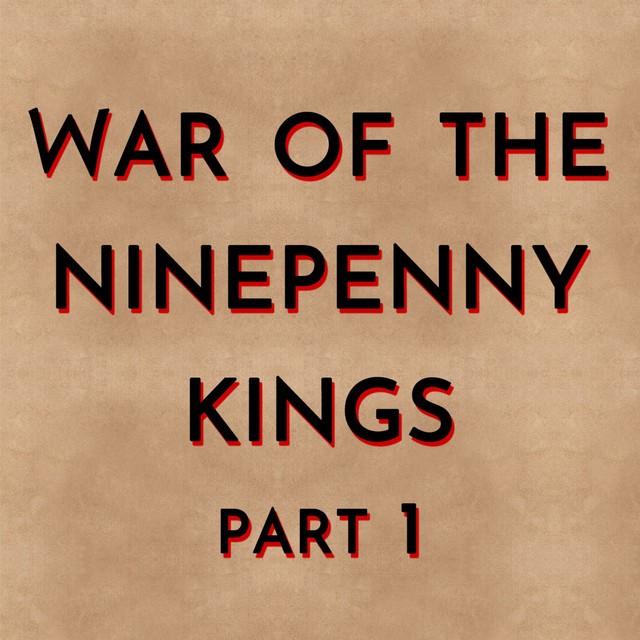
War of the Ninepenny Kings (5th Blackfyre Rebellion)
Steven Attewell of Race for the Iron Throne joined us to discuss the fascinating and terrifying Maelys the Monstrous, the Band of Nine, the Stepstones, Tyrosh, the Golden Company, Blackfyre lineage, Summerhall and all the events that led up to...
Read More
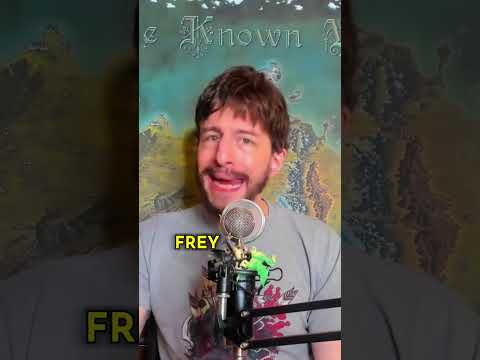
Did Bloodraven Conspire With House Frey During The 2nd Blackfyre Rebellion?
From our "House Frey" episode!
Read More
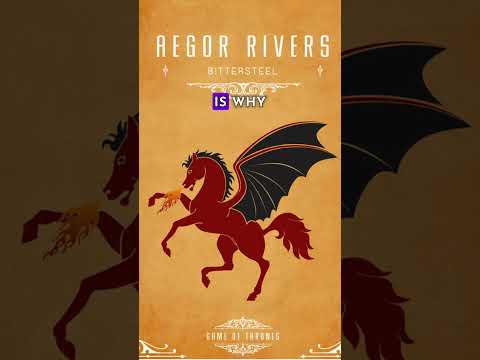
Who Was the Targaryen Bastard Bittersteel?
From the "Blackfyre Rebellions: Part 5 - Bittersteel" episode! Art by LiquidSoulDesign
Read More

Aemon – Before The Wall
Maester Aemon was on the Wall for 67 years before passing at the grand age of 102. This episode covers the ~35 years he lived in the south, and this was a particularly interesting timeā¦ He was born during the...
Read More

Who Gets a Dragon?
Who gets a dragon? If they hadn't died out by this time period, would Daemon Blackfyre have been given a dragon egg? from our episode on Baelor Breakspear.
Read More
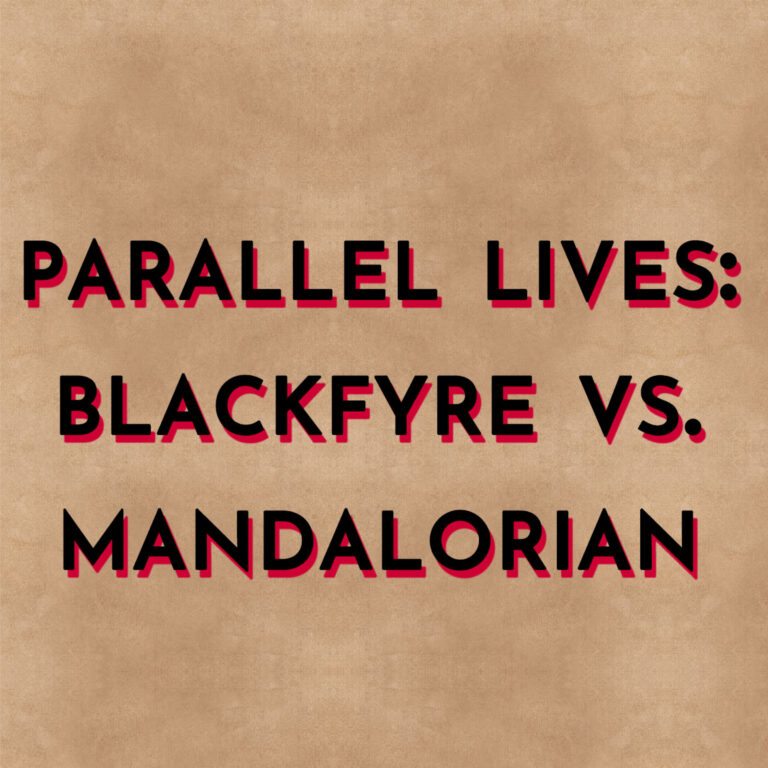
Parallel Lives: Blackfyre vs. Mandalorian (video)
In this installment of our Parallel Lives series, we step outside of ASOIAF and real world history. We will compare and contrast the Blackfyres and the Mandalorians. We will look at their history, their culture, and more. Support Westeros History:...
Read More
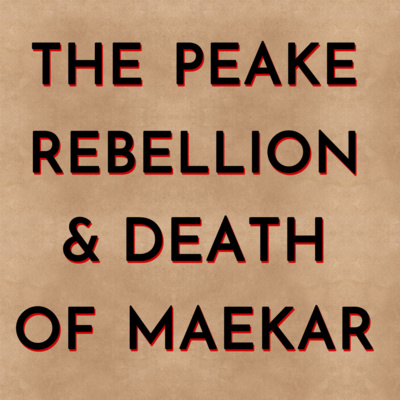
The Peake Uprising & Death of Maekar
With guest Steven Attewell (Race for the Iron Throne) we will breakdown the Peake Uprising/Rebellion, an offshoot of the Blackfyre conflicts that took the life of King Maekar and several other important nobles. This led to Egg's crowning and several...
Read More
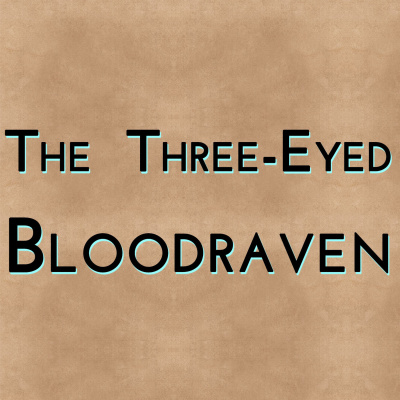
The Three-Eyed Bloodraven (video) (2019)
A deep dive into the life of Brynden Rivers beginning from the point at which he took the Black. Was he a ranger? What did he and Maester Aemon talk about? Who is Coldhands? and more! Thanks to guest producer...
Read More

Valar Rereadis: The Mystery Knight – Part 2
This one covers delicious items such as the toast & the feast, the overhearing of Blackfyre plotting, the story of the betrothal via Maynard Plumm, the bedding, the setup for the stolen egg, the Fiddler on the Roof comparisons to...
Read More
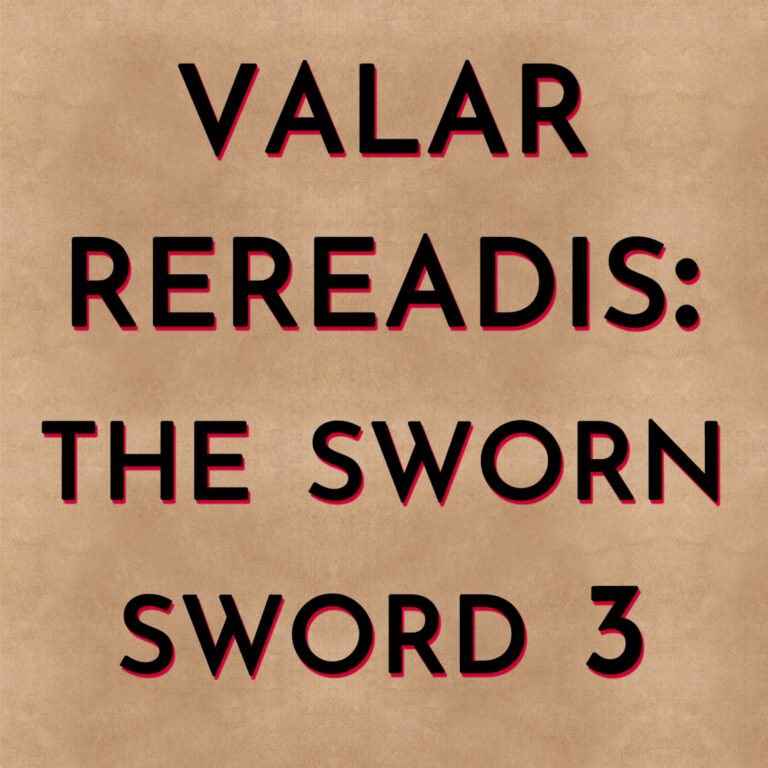
Valar Rereadis: The Sworn Sword – Part 3
Support Westeros History: https://bit.ly/howpatreon Subscribe for more Westeros History: http://bit.ly/1ZOxPCc
Read More